Pakistan’s Trade Relations with the Middle East
Energy imports, labor mobility and food exports shape ties with Gulf economies and beyond.
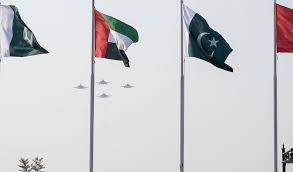
Energy imports, labor mobility and food exports shape ties with Gulf economies and beyond.
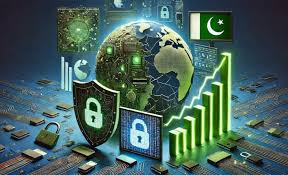
Pakistan’s political landscape is shifting as youth, digital campaigns and governance reforms redefine competition.
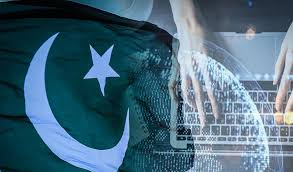
Citizen portals, biometrics and online tax/property systems reduce friction and raise transparency.
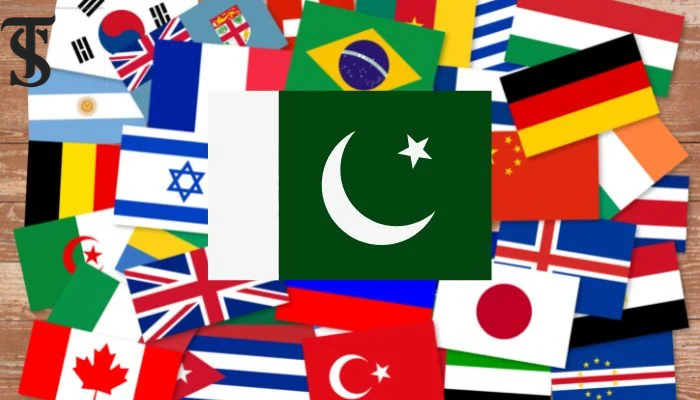
Pragmatic balancing defines relations with China, the United States, the Middle East and neighbors in 2025.
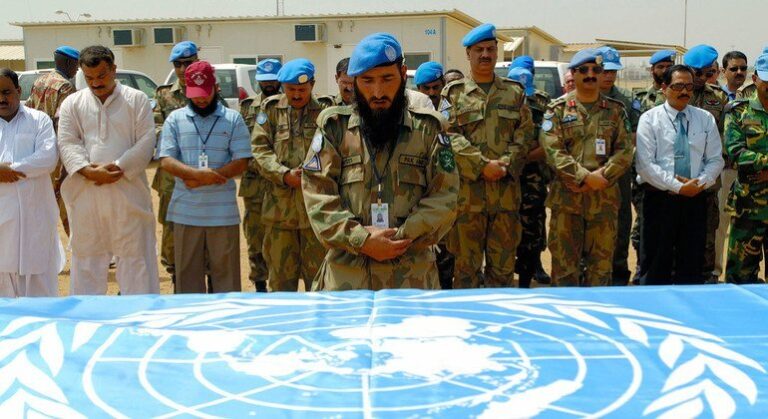
Pakistan remains a top UN peacekeeper contributor, enhancing reputation and professional experience.

Stabilization programs improve fiscal discipline but raise short‑term prices; the exit path relies on exports and productivity.
With one of the world’s largest youth cohorts, turnout, activism and digital media shape agendas.
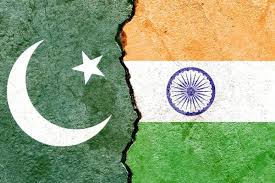
Tense but managed ties feature crisis‑management channels, limited trade and intermittent people‑to‑people contact.

Independent journalism and digital channels inform citizens, but face pressure, disinformation and safety risks.

Diplomacy, labor mobility and security cooperation underpin ties with Gulf and broader Muslim‑majority countries.